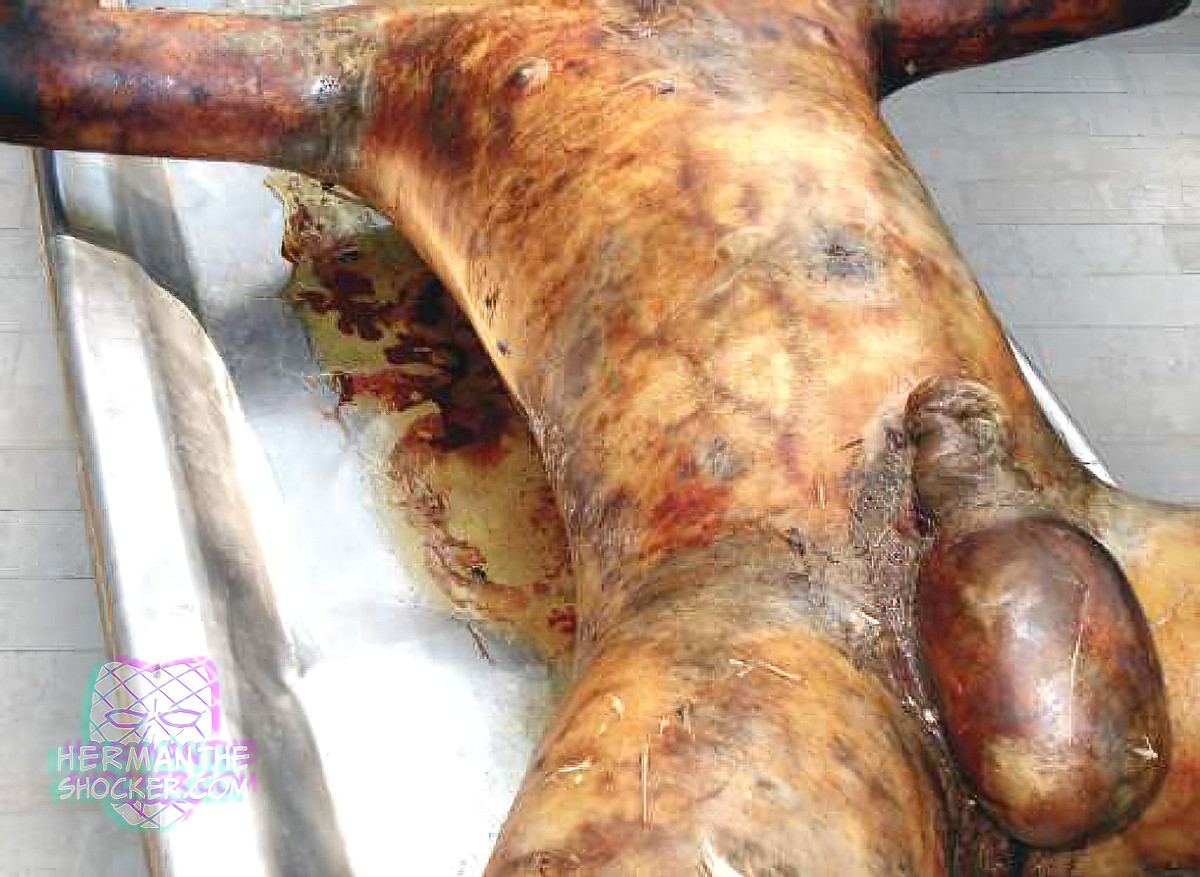Adipocere formation occurs by alteration of subcutaneous fat of a corpse into a grey-white lipid mixture. With time, it becomes a hard, brittle shell, which retards decomposition. The chemical processes of adipocere formation are largely understood, with the basic process resulting from the hydrolysis and hydrogenation of adipose fat. Extensive studies regarding its chemical composition demonstrate that adipocere consists predominantly of saturated fatty acids, namely myristic, palmitic and stearic acids, with lesser amounts of hydroxyl and oxo-fatty acids.
The formation of adipocere is considered to result from bacterial action and occurs largely under anaerobic conditions wherein sufficient moisture is also present in the tissue. Adipocere can also yield important information about the environmental context in which a body was deposited. It can persist for years as long as the environment is stable. However, it is not necessarily a stable product, with certain conditions inducing further decomposition.
Latest posts









